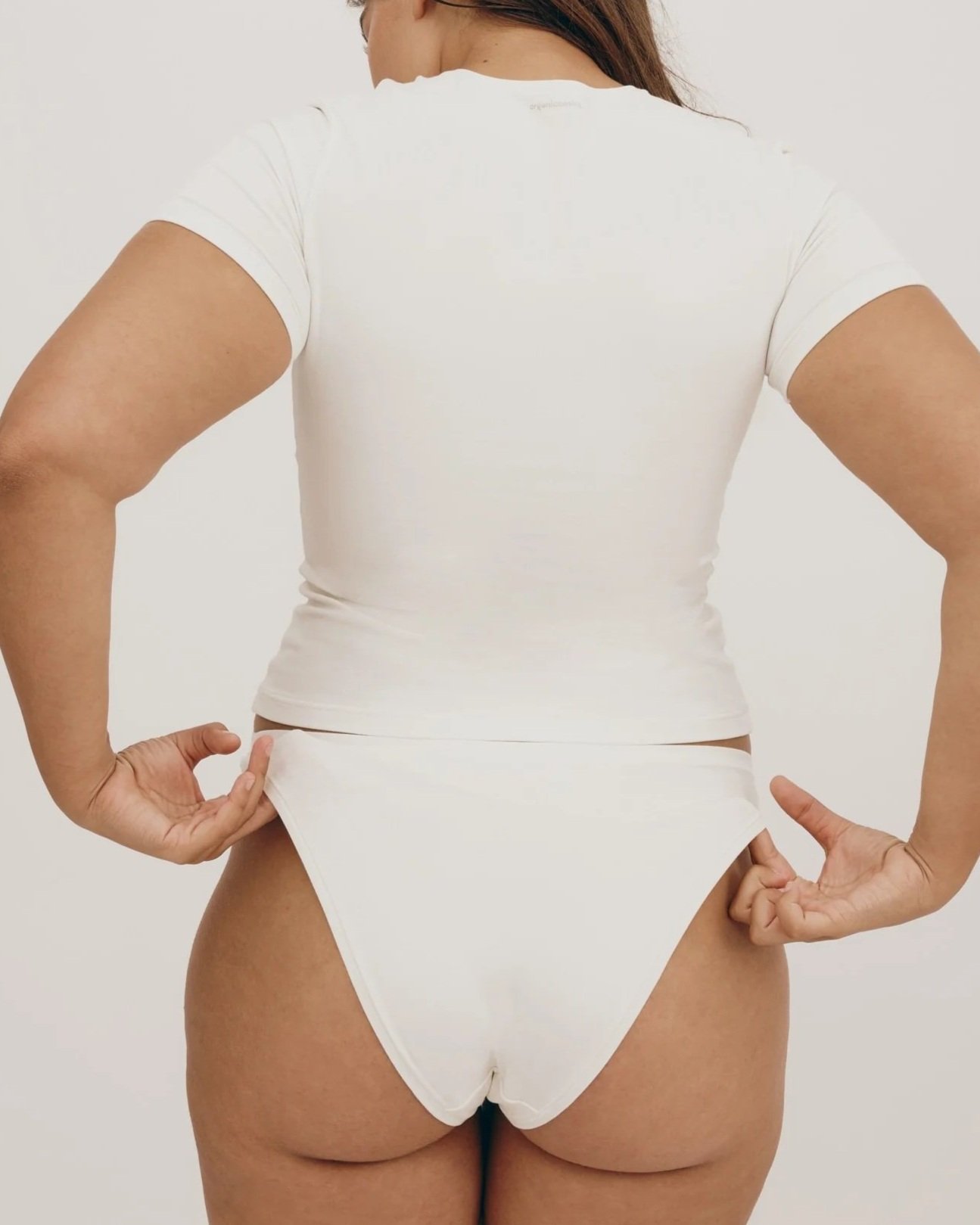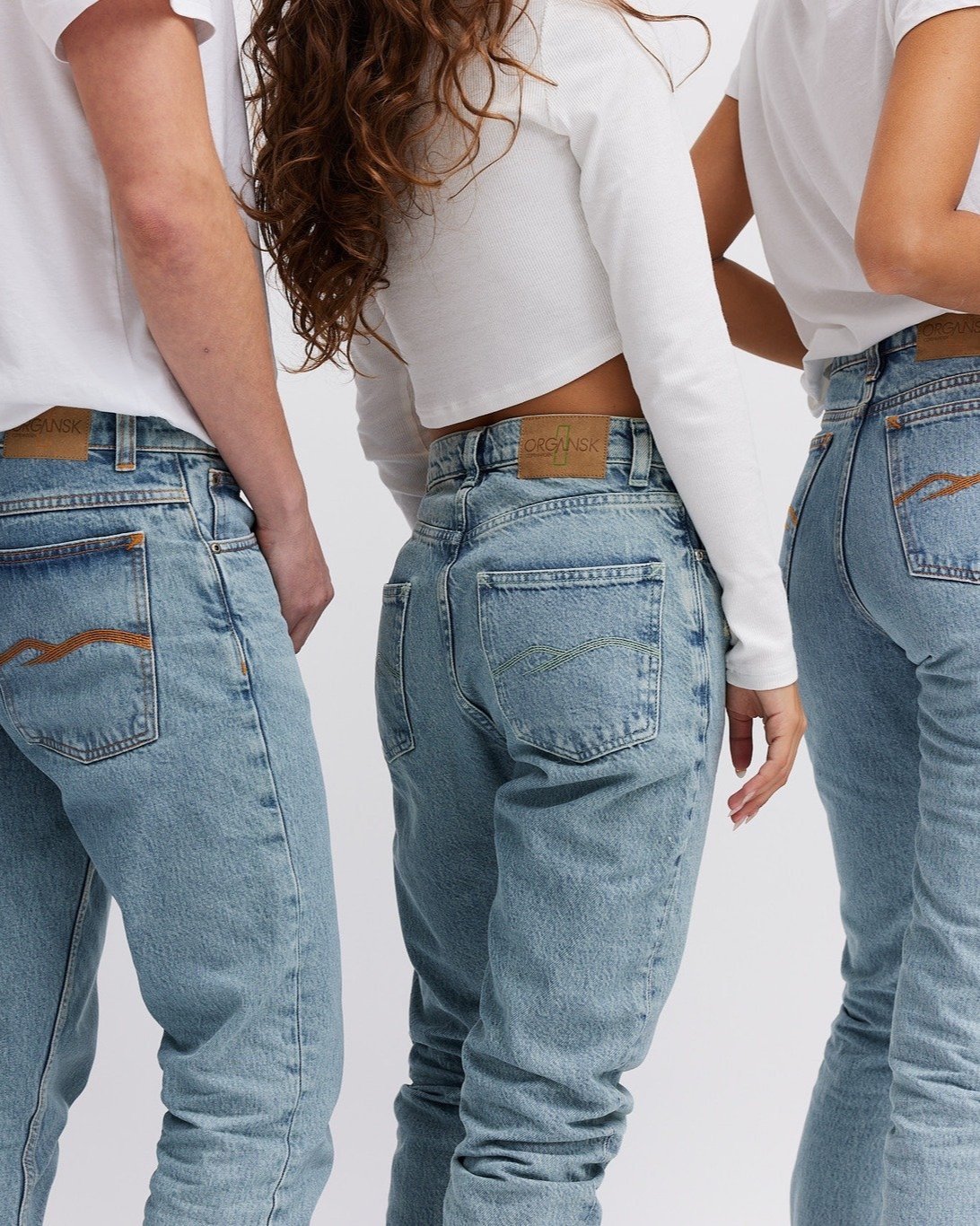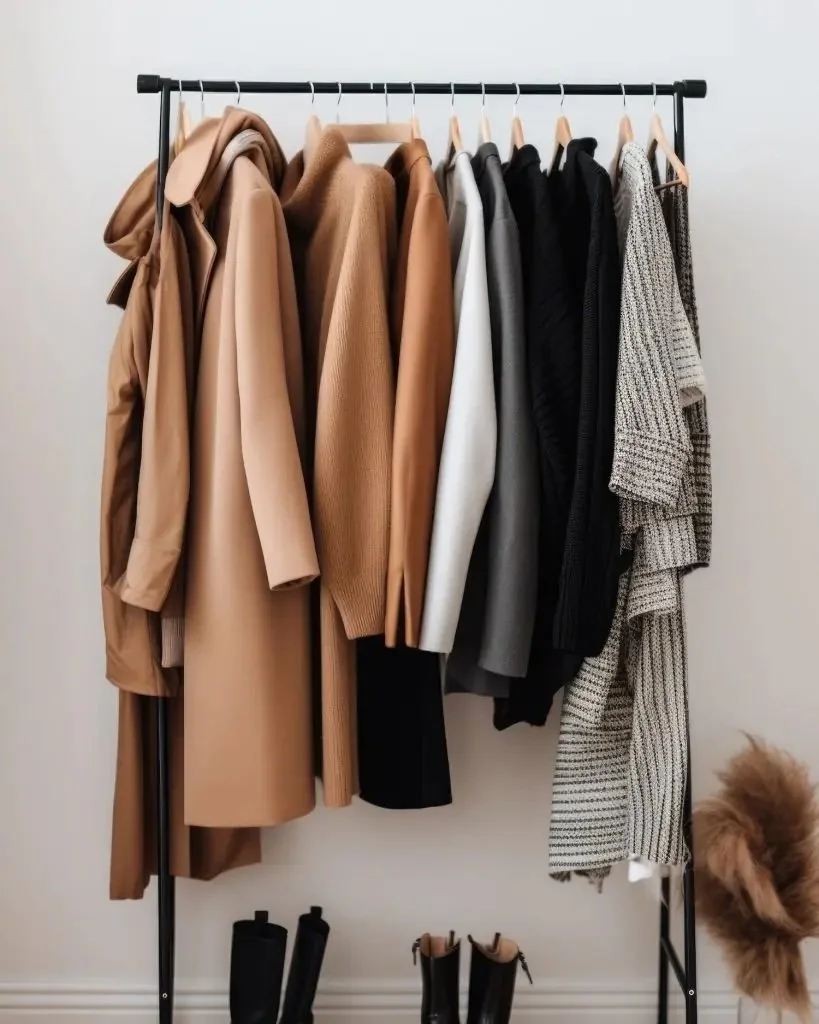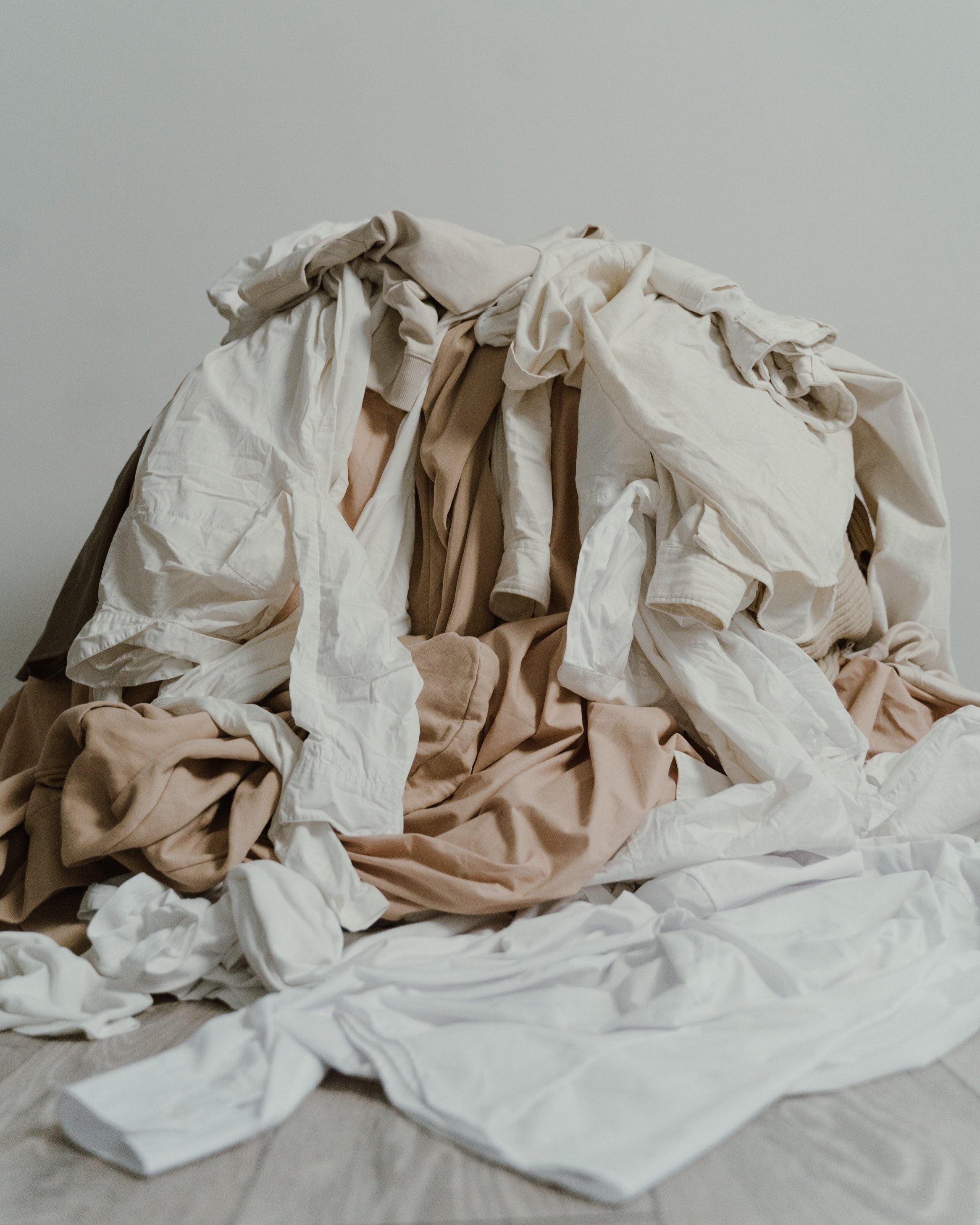The Dark Side of Luxury: An Inside Look into Italian Sweatshops
Italian Sweatshops and Luxury Goods
Italy makes up 50-55% of the luxury fashion production. Behind all the glitz and glamor lies a darker secret. Recent investigations have uncovered that prestigious luxury brands, including Dior and Armani, have been implicated in labor exploitation practices. Several other high-end labels have similarly been brought under the microscope, with many eyes keeping a close watch on their supply chains and labor practices. With the luxury fashion economy already in a shaky position, this has come at a precarious time for the sector.
Image: BOF
“Police images of a factory raided in the course of an Italian investigation into labour exploitation in luxury supply chains. (Alamy)”
Luxury Brands Turning a Blind Eye to Worker Exploitation
While this may not come as a shock, the exposé has shed into light the brands’ (and these two names are definitely not alone in the industry) prioritization of profits over labor welfare. Luxury brands very often turn a blind eye when it comes to worker exploitation, focusing instead on cutting costs, boosting revenue, and maximizing profits. These brands manufacture their products at low “Made in China” costs, but market and sell them at a “Made in Italy” price. For example, one of Dior’s suppliers was able to produce a handbag for $57, which the luxury label then sold for $2800. (Note: Of course, this problem isn’t limited to just high end fashion - fast fashion brands like Shein and Temu are also notorious for labor exploitation).
As a result of this recent probe, LVMH’s Christian Dior was placed under judicial administration for a year by a Milan court. The investigation found that two of the brand’s subcontractors that were based outside Milan exploited their workers. These contractors operated Chinese-owned factories outside Milan, with workers that were brought in from China.
The investigation found some workers were required to sleep in the factories, so that the suppliers would have 24/7 access to manpower. They looked at data mapping of electricity consumption, which showed “seamless day-night production cycles, including during holidays”. The probe also discovered that certain equipment safety devices had been removed to give workers the ability to operate and produce faster - showing a lack of concern for worker safety. A lot of these workers had all been illegally immigrated into Italy, and didn’t have regular contracts.
Since it was the subcontractors engaging in unethical practices and not Dior itself, the brand was not held at fault criminally. However, Dior was found to be negligent by failing to take “appropriate measures to check actual working conditions or technical capabilities of contracting companies”, according to the Dior ruling.
This seems to be a systemic problem in the fashion industry in Italy, and not isolated to these two brands.
As reported by Reuters, the supply chains of close to 15 companies were being looked into. According to the court, “it is not something sporadic that concerns single product lots, but a generalized and consolidated manufacturing method”.
“Recent investigations in luxury fashion supply chains of both Armani and LVMH fashion brand Dior highlight the urgent need for industry leaders to address meaningful change. It can no longer be acceptable to have luxury fashion business models based on human rights violations,” said Scott Newton, managing partner of Thinking Dimensions Global Consulting, based in Italy. This ruling has called into question luxury brands’ ESG (environmental, social, and governance) policies, which are too often used as a scapegoat and are a sign of greenwashing.
MAKE SURE TO PIN THE PHOTO BELOW TO SAVE THIS POST FOR LATER!
Searching for SUSTAINABLE BRANDS?
The Brand Directory features hundreds of sustainable brands approved by us!
We have broken everything down by category for easy shopping, along with discount codes unique to Sustainably Chic viewers.
































